-

Ronidazole CAS:7681-76-7
Ronidazole is an antimicrobial agent belonging to the nitroimidazole class, commonly used in veterinary medicine for the treatment of protozoal infections in animals. It exhibits potent activity against parasites such as Giardia, Tritrichomonas, and Histomonas, making it effective in combating intestinal and systemic infections. Ronidazole acts by interfering with the DNA synthesis of protozoa, leading to their destruction and clearance from the host organism.
-
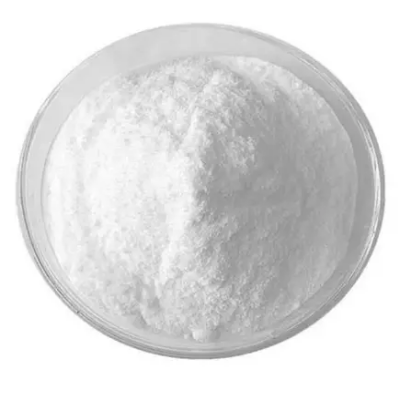
Rifaximin CAS:80621-81-4
Rifaximin is a broad-spectrum antibiotic classified as a rifamycin derivative. It is commonly used to treat various gastrointestinal infections and conditions, including traveler’s diarrhea, irritable bowel syndrome with diarrhea (IBS-D), and hepatic encephalopathy. Rifaximin works by inhibiting bacterial RNA synthesis, particularly in the gut, targeting pathogenic bacteria while minimizing disruption to the normal intestinal flora.
-

Pristinamycin CAS:270076-60-3
Pristinamycin is a combination antibiotic medication that contains two active components, pristinamycin I and pristinamycin II. It belongs to the streptogramin group of antibiotics and exhibits bacteriostatic and bactericidal activities against a variety of gram-positive bacteria, including Staphylococcus aureus and Streptococcus pneumoniae. Pristinamycin works by inhibiting bacterial protein synthesis, making it effective in treating skin and soft tissue infections, respiratory tract infections, and other bacterial infections caused by susceptible organisms.
-

Ribostamycin sulfate CAS:53797-35-6
Ribostamycin sulfate is an aminoglycoside antibiotic derived from Streptomyces griseoluteus. It exhibits potent bactericidal activity against a broad spectrum of gram-negative and some gram-positive bacteria by inhibiting protein synthesis. Ribostamycin sulfate is commonly used in the treatment of various infections, including urinary tract infections, respiratory tract infections, skin and soft tissue infections, and septicemia caused by susceptible bacterial strains.
-
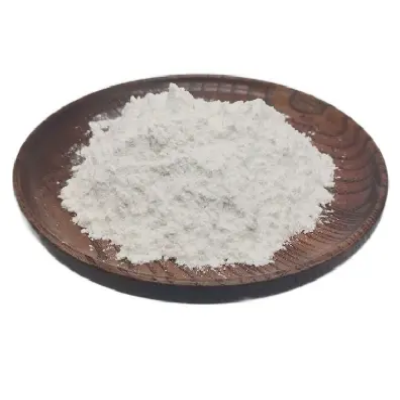
Rifampicin CAS:13292-46-1
Rifampicin, also known as rifampin, is a broad-spectrum antibiotic medication belonging to the rifamycin group. It is widely used in the treatment of tuberculosis, leprosy, and other bacterial infections. Rifampicin works by inhibiting RNA synthesis in bacteria, thereby disrupting their ability to replicate and survive. Due to its potent antimicrobial activity and effectiveness against mycobacterial species, rifampicin is an essential component of combination therapy regimens for tuberculosis and other infectious diseases.
-
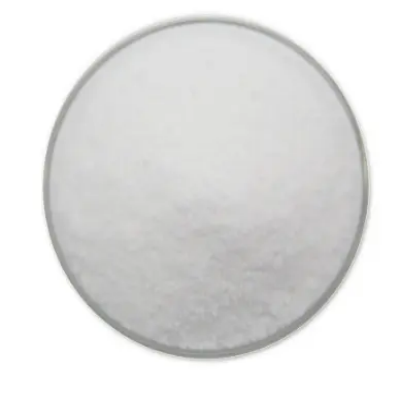
Puromycin dihydrochloride CAS:58-58-2
Puromycin dihydrochloride is a potent antibiotic and protein synthesis inhibitor derived from Streptomyces alboniger. It is commonly used in molecular biology research to selectively inhibit protein synthesis in cells by prematurely terminating translation during protein synthesis. Puromycin dihydrochloride is incorporated into nascent peptide chains, leading to the release of incomplete polypeptides and ultimately cell death. Due to its unique mechanism of action, puromycin dihydrochloride is a valuable tool for studying protein synthesis, ribosome function, gene expression, and cell viability in experimental settings.
-

Protionamide CAS:14222-60-7
Protionamide is an antibiotic medication belonging to the thioamide group, primarily used in the treatment of multidrug-resistant tuberculosis. It works by inhibiting mycolic acid synthesis in the bacterial cell wall, leading to the destruction of Mycobacterium tuberculosis. Protionamide is often prescribed in combination with other anti-tuberculosis drugs as part of a comprehensive treatment regimen for drug-resistant forms of tuberculosis.
-
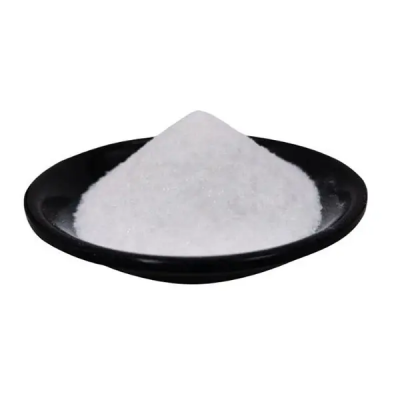
Potassium clavulanate CAS:61177-45-5
Potassium clavulanate is a β-lactamase inhibitor that is often combined with certain antibiotics to enhance their effectiveness against bacterial infections. It works by preventing the degradation of the antibiotic by bacterial enzymes, thereby extending the spectrum of activity and improving treatment outcomes. Potassium clavulanate is commonly used in combination products with antibiotics like amoxicillin to treat a variety of bacterial infections.
-

Retapamulin CAS:224452-66-8
Retapamulin is a topical antibiotic medication belonging to the pleuromutilin class of drugs. It is used for the treatment of bacterial skin infections, particularly impetigo caused by susceptible strains of Staphylococcus aureus and Streptococcus pyogenes. Retapamulin works by inhibiting bacterial protein synthesis, leading to the eradication of the infecting bacteria and resolution of the skin infection.
-

Staurosporine, streptomyces staurosporeus CAS:62996-74-1
Staurosporine is a natural product isolated from the bacterium Streptomyces staurosporeus. It is classified as a potent alkaloid with significant biological activity, particularly in inhibiting protein kinases and inducing cell apoptosis. Staurosporine has been extensively studied for its pharmacological properties, including its anti-cancer potential and its role as a research tool in cell signaling studies.
-
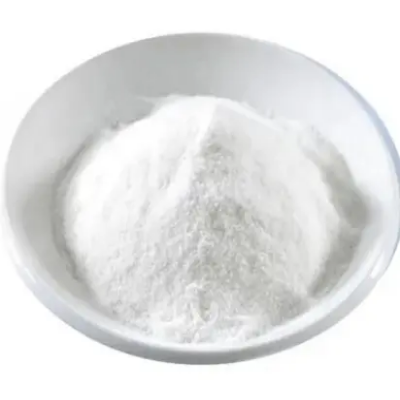
Phosphomycin disodium salt CAS:26016-99-9
Phosphomycin disodium salt is a broad-spectrum antibiotic used in the treatment of various bacterial infections. It belongs to the class of phosphonic acids and works by inhibiting bacterial cell wall synthesis. This white crystalline powder is highly water-soluble and is typically administered intravenously or orally. Phosphomycin disodium salt is known for its effectiveness against a wide range of gram-positive and gram-negative bacteria, making it a versatile choice for treating infections.
-
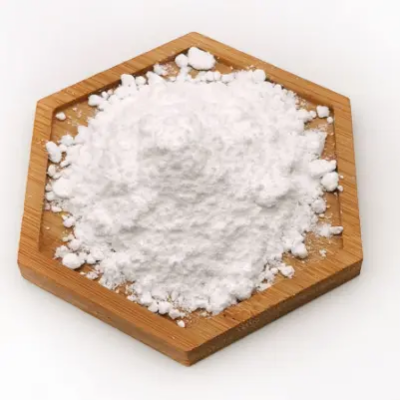
Phleomycin CAS:11006-33-0
Phleomycin is a potent antibiotic used in molecular biology research for the selection of cells containing a gene of interest. With a mechanism of action that involves DNA cleavage, Phleomycin is effective against a wide range of bacteria and has been widely used in various research applications. This antibiotic is commonly used in conjunction with other selection markers to create stable cell lines with desired genetic modifications. Phleomycin is available in both liquid and powder forms, making it versatile and convenient for different experimental setups. Researchers appreciate its high efficiency and reliability in selecting transformed cells, making it a valuable tool in genetic engineering studies.

